The Art of Extraction
When planning a dream kitchen, it’s all too easy to overlook one of most important elements – the extraction. There are so many things to think about, from cabinets and worktops to appliances, sink, tap, tiles, splashback, flooring, heating and storage, that when it comes to selecting a cooker hood, many of us only consider the style and look but its performance and power are also paramount.
Every kitchen needs efficient extraction to remove cooking odours, grease and steam and Richard Treffler, product manager for kitchens at Miele GB, has the following advice on what to consider before you buy…
1. Know the extraction rate required
To ensure your cooker hood operates to maximum efficiency; removing the grease, smells and vapours created whilst cooking, it’s imperative that you know your room size. This will then allow you to calculate the volume of air and the change of air per hour required. Miele has an online calculator to work out the optimum air throughput – simply type in the room dimensions or immediate cooking area in an open plan kitchen and the calculator tells you the optimum extraction rate needed.
2. Extraction or recirculation?
Extraction models take odours and vapours outside of the home and require installation with ducting. Recirculation is easier to install, as the vapours are absorbed and filtered inside the kitchen using a charcoal filter to trap odours. Extraction is the ideal solution but if this isn’t possible, a good recirculating model is better than a poorly performing extracting hood.
3. The importance of ducting
Ducting and correct installation are also crucial as inefficient ducting is the number one cause of poor performance, including noise. For efficient extraction, the ducting system should be as short and straight as possible with smooth walled ducting and as few bends as possible. Miele also recommends a minimum of 150mm diameter ducting.
4. Position and width
Cooker hoods should also cover at least the width of the hob. For induction, a hood that is wider than the hob is recommended, as the vapours dissipate outwards. With gas, the vapours rise vertically in a candle-like shape, so a cooker hood that matches the width of the hob will work effectively.
5. Type of cooking
This is also a consideration. If fat is used regularly to cook with, the cooker hood should be installed closer to the hob to enable to extractor to catch as much grease as possible. This is an important consideration if you are thinking about having a ceiling hood, as you will need to consider the balance between cooker hood design and performance.
Miele has this handy video guide to cooker hoods
They also have a fantastic range of designs. Which one’s your favourite?
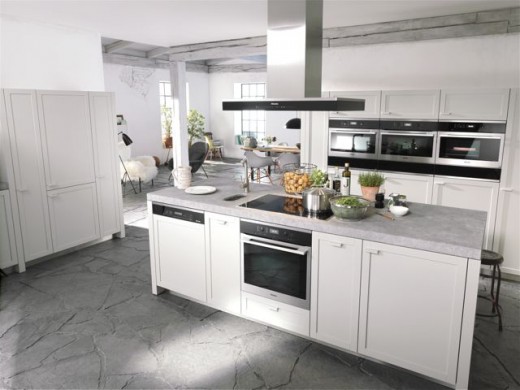
Island Hood

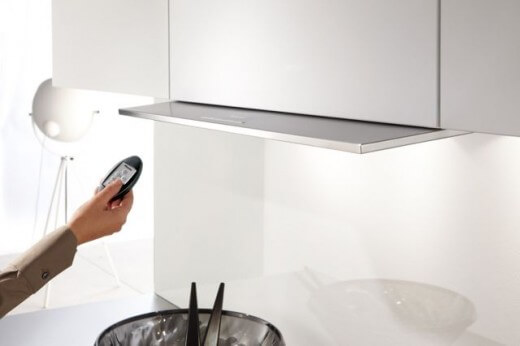
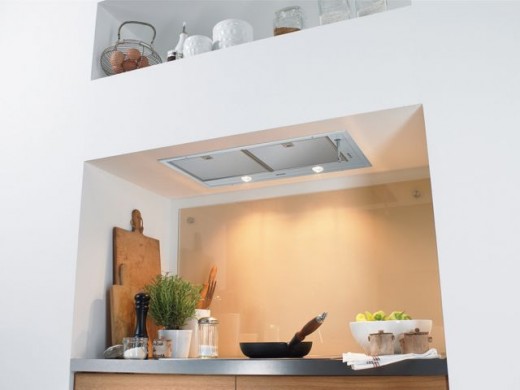
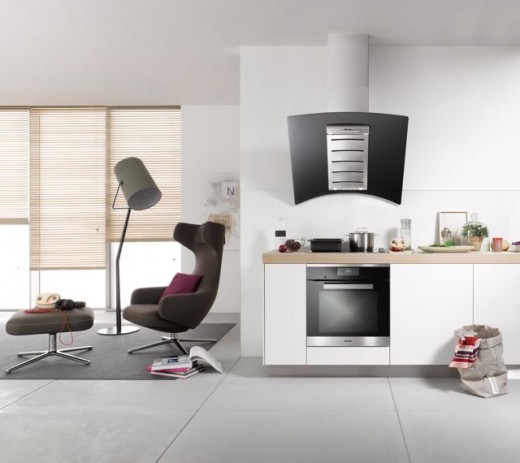
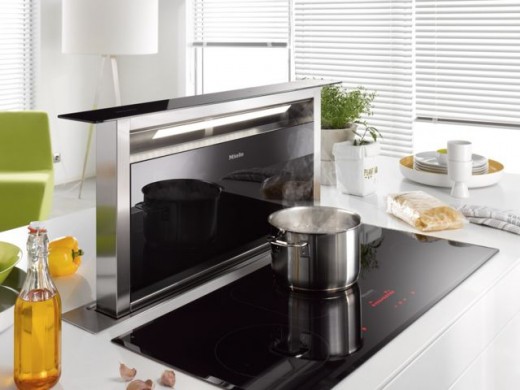
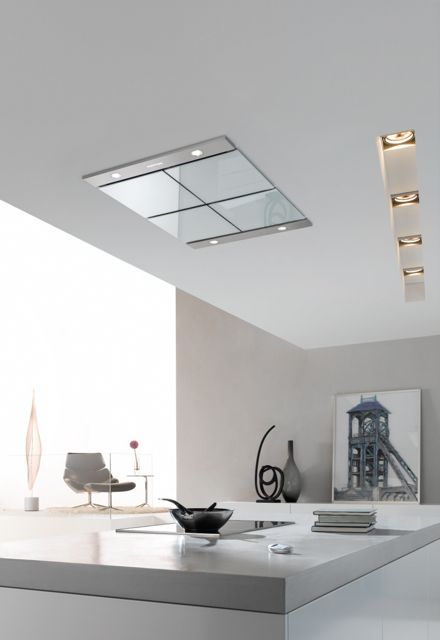
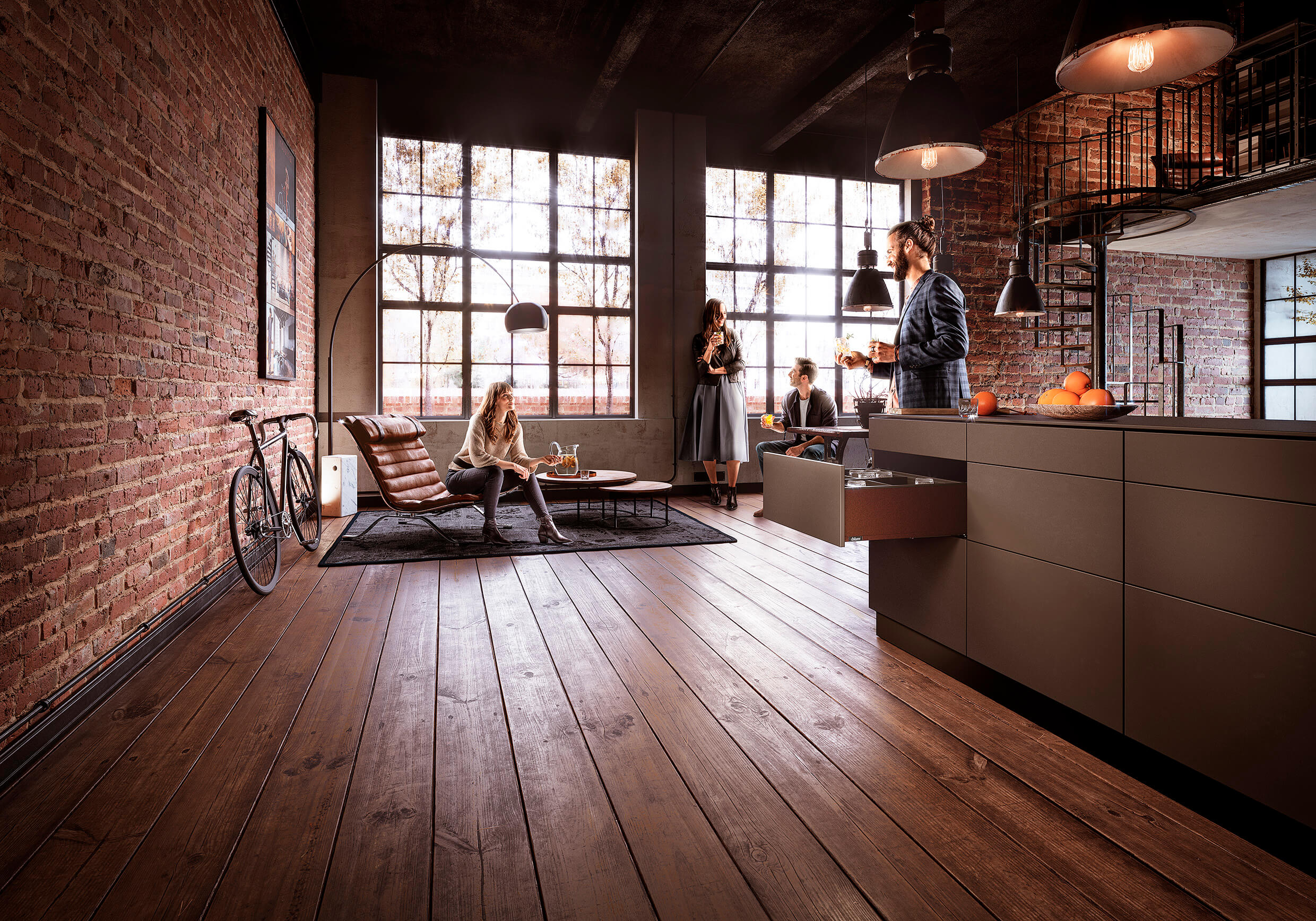
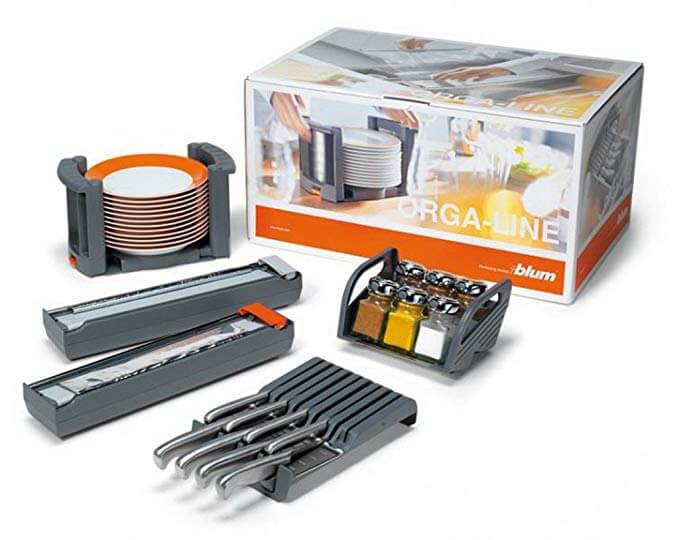




Leave a comment